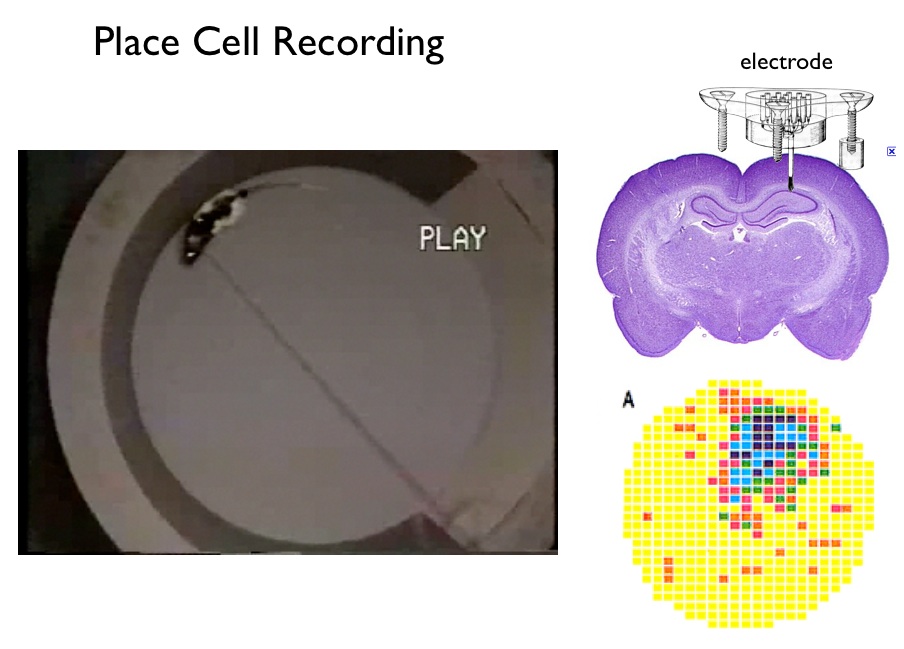

Instead, the cerebellum serves to modify these signals and make motor movements accurate and useful.
It is also associated with motor movement and control, but this is not because the motor commands originate here. It is involved in the coordination of movements as well as motor learning. It receives information from the balance system of the inner ear, sensory nerves, and the auditory and visual systems. The cerebellum is comprised of small lobes and serves a number of important functions. Sometimes referred to as the "little brain," the cerebellum lies on top of the pons behind the brain stem. Image by Ministry of Education, Culture, Sports, and Technology(MEXT) Integrated Database Project The primary visual cortex, which receives and interprets information from the retinas of the eyes, is located in the occipital lobe.ĭamage to this lobe can cause visual problems such as difficulty recognizing objects, an inability to identify colors, and trouble recognizing words. The occipital lobe is located at the back portion of the brain and is associated with interpreting visual stimuli and information. Damage to the temporal lobe can lead to problems with memory, speech perception, and language skills. The hippocampus is also located in the temporal lobe, which is why this portion of the brain is also heavily associated with the formation of memories. This lobe is also the location of the primary auditory cortex, which is important for interpreting sounds and the language we hear. The temporal lobe is located on the bottom section of the brain. A portion of the brain known as the somatosensory cortex is located in this lobe and is essential to the processing of the body's senses. The parietal lobe is located in the middle section of the brain and is associated with processing tactile sensory information such as pressure, touch, and pain. 
Damage to the frontal lobe can lead to changes in sexual habits, socialization, and attention as well as increased risk-taking. The motor cortex receives information from various lobes of the brain and uses this information to carry out body movements. At the back of the frontal lobe, near the central sulcus, lies the motor cortex. This lobe is located at the front of the brain and is associated with reasoning, motor skills, higher level cognition, and expressive language. The frontal lobe, parietal lobe, occipital lobe, and temporal lobe have been associated with different functions ranging from reasoning to auditory perception. The cerebral cortex can be divided into four sections, which are known as lobes. PIXOLOGICSTUDIO/SCIENCE PHOTO LIBRARY / Getty Images






 0 kommentar(er)
0 kommentar(er)
